Reviewed by Julianne Ngirngir
You're scrolling through your feed when suddenly, a pristine dummy model of Apple's most radical iPhone redesign in years catches your eye. We're talking about the iPhone 17 Air — Apple's rumored ultra-thin powerhouse that could redefine what a smartphone can be. But here's the kicker: new footage reveals it in a gorgeous Sky Blue finish that's got the entire Apple community buzzing.
This isn't just another color leak, folks. Apple plans to expand the MacBook Air's new Sky Blue finish to the rumored iPhone 17 Air later this year, according to leaker Majin Bu. The iPhone 17 Air is expected to be around 5.5mm thick, making it Apple's thinnest iPhone to date — that's roughly 30 percent thinner than your current iPhone 16. What you need to know: this could be the most significant iPhone redesign since the iPhone X landed in 2017.
Why the iPhone 17 Air represents Apple's biggest gamble yet
Let's break it down. The iPhone 17 Air could wind up being the thinnest iPhone ever should it replace the Plus model in Apple's lineup this fall. That impossibly thin profile means your pocket will barely register the device's presence—imagine the ergonomic shift for one-handed use during commutes or video calls.
But here's where Apple's calculated risk becomes clear: early rumors suggested the iPhone 17 Air could be more expensive than the iPhone 17 Pro Max, but recent intel suggests it'll actually slot in as a mid-tier device at around $899. This $899 positioning reveals Apple's strategic bet—that enough consumers will choose impossibly thin design over camera versatility, potentially cannibalizing both standard iPhone and Pro sales.
The trade-offs cascade through every component choice. Apple is planning for a single 48-megapixel rear camera housed in what sources describe as a horizontal pill-shaped camera bar. The iPhone 17 Air will have a 2,800mAh battery, which is similar to what Apple used in the iPhone 12 — signaling that Apple believes users will sacrifice endurance for that impossibly sleek aesthetic.
What makes this Sky Blue reveal so significant?
Sound familiar? Apple's color strategy has always been about more than aesthetics — it's about ecosystem identity and market positioning. Majin Bu initially claimed that the iPhone 17 Pro models would get Sky Blue, but sources now suggest Apple has reserved this stunning shade exclusively for the iPhone 17 Air. Smart differentiation strategy, if you ask me.
According to leaked dummy models, the iPhone 17 Air will come in Sky Blue alongside Black, Silver, and Gold. But this isn't just any blue — early reports suggest it looks even more stunning than the much-loved Sierra Blue of the iPhone 13 Pro, with a brightness and refinement that makes it irresistible. The dummy models show a light blue similar to the MacBook Air's finish, creating Apple's signature ecosystem cohesion that transforms individual purchases into lifestyle statements.
This color exclusivity serves a deeper strategic purpose — it positions the iPhone 17 Air as Apple's design flagship rather than specs champion, directly challenging Samsung's Galaxy S Ultra thinness claims while maintaining premium brand differentiation.
Can Apple pull off the impossible engineering feat?
Here's where things get technically wild. The iPhone 17 Air's battery is just 2.49mm thick, including the metal casing — that's about three credit cards stacked together. This constraint forces revolutionary chemistry changes throughout the device architecture.
The engineering cascade becomes fascinating when you follow the constraints. That 2.49mm battery necessitates the device will pack around 2,900 mAh of charge compared to the iPhone 16 Plus and its hefty 4,674mAh cell. But here's where Apple's silicon expertise shines: Bloomberg's Mark Gurman claims the battery life will be 'on par with current iPhones' thanks to hardware and software optimizations.
The secret sauce? The iPhone 17 Air is expected to be one of the first iPhones using an Apple-designed 5G modem chip, potentially solving connectivity power drain while reducing component footprint. This represents Apple's long-awaited break from Qualcomm dependency, with thermal management benefits that cascade through every component choice.
The camera positioning tells its own engineering story. The device will feature just a single-lens 48-megapixel rear camera positioned in the center of the device rather than the traditional upper-left corner, optimizing internal space utilization. Meanwhile, all iPhone 17 models will get an upgraded 24-megapixel front-facing camera with a six-element lens — a significant jump from the current 12MP standard that signals Apple's commitment to creator-focused features.
What this means for your next upgrade decision
Let's be blunt about market positioning: the iPhone 17 Air is the biggest change since the iPhone X in terms of form factor philosophy. This isn't about cramming more features into familiar dimensions. It's about reimagining smartphone priorities when thickness becomes the primary design constraint.
The iPhone 17 Air is expected to feature a 6.6-inch display with 120Hz ProMotion technology, positioning it strategically between the standard iPhone 17 and Pro Max for immersive content consumption without Pro-level bulk. The user experience implications are significant — imagine FaceTime calls where the device virtually disappears in your hand, or reading sessions where weight fatigue becomes non-existent.
From a performance perspective, the device will include 8GB of RAM to support Apple Intelligence features, while it's rumored to be eSIM-only due to space constraints — a move that signals Apple's confidence in eSIM adoption and commitment to internal space optimization.
The upgrade decision framework becomes clear: choose the iPhone 17 Air if you prioritize revolutionary portability and premium design over maximum camera versatility and battery longevity.
Where do we go from here?
Apple will announce the iPhone 17 lineup in September 2025, likely on September 9th if Apple follows its traditional Tuesday announcement pattern. Pre-orders will most likely go live on Friday, September 12th, with retail availability starting September 19th.
The Sky Blue iPhone 17 Air represents more than just Apple's next product cycle — it's a strategic statement about mobile computing's future direction. Apple doesn't just sell products; it sells an identity, and this ultra-thin device with its exclusive colorway positions the company as prioritizing revolutionary design over incremental spec improvements.
The broader implications extend beyond Apple. If the iPhone 17 Air succeeds, expect the entire smartphone industry to pivot toward thinness optimization, potentially triggering new manufacturing techniques, battery chemistry advances, and thermal management solutions that could reshape mobile computing for the next decade.
Apple has spent decades shaping emotional connections with customers who buy iPhones not just for specifications, but because they trust the holistic experience. The iPhone 17 Air's Sky Blue finish, impossible thinness, and strategic compromises represent Apple betting that design elegance still trumps feature maximization for a significant segment of premium smartphone buyers.
The question isn't whether Apple can engineer this impossibly thin device — early dummy models prove the concept works. It's whether enough customers will choose revolutionary portability over traditional smartphone priorities. Based on early excitement around these Sky Blue leaks and Apple's track record of creating new product categories through bold design choices, the iPhone 17 Air might just redefine what we expect from premium smartphones in 2025 and beyond.




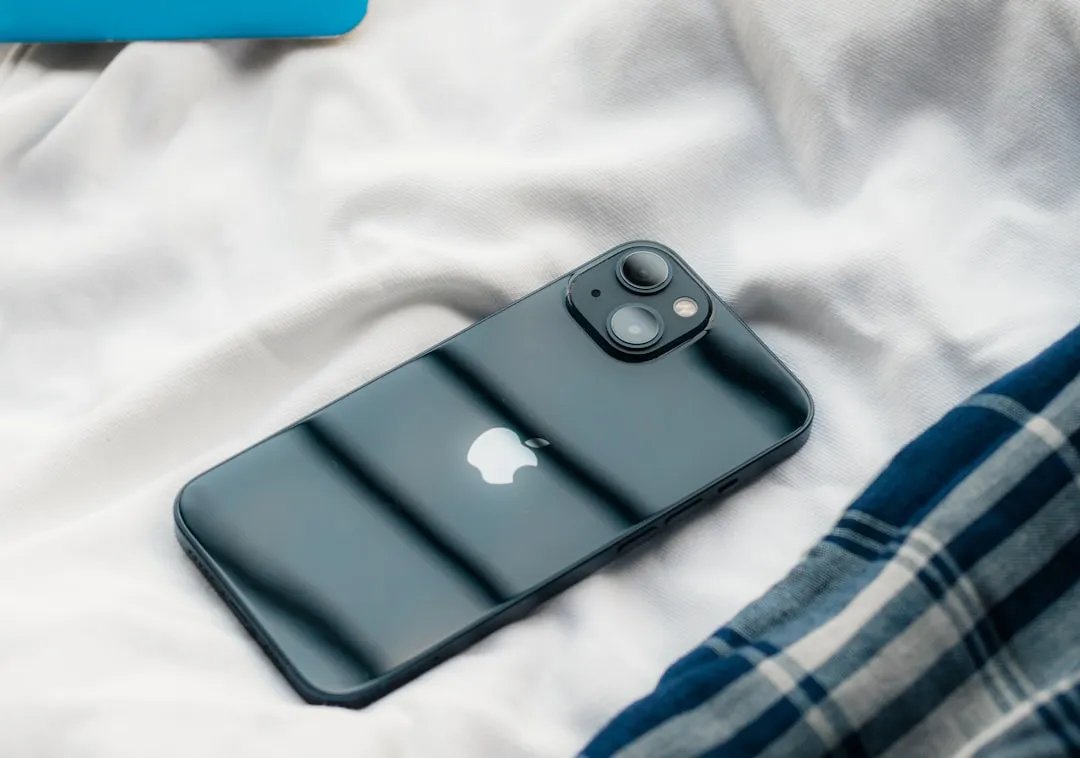
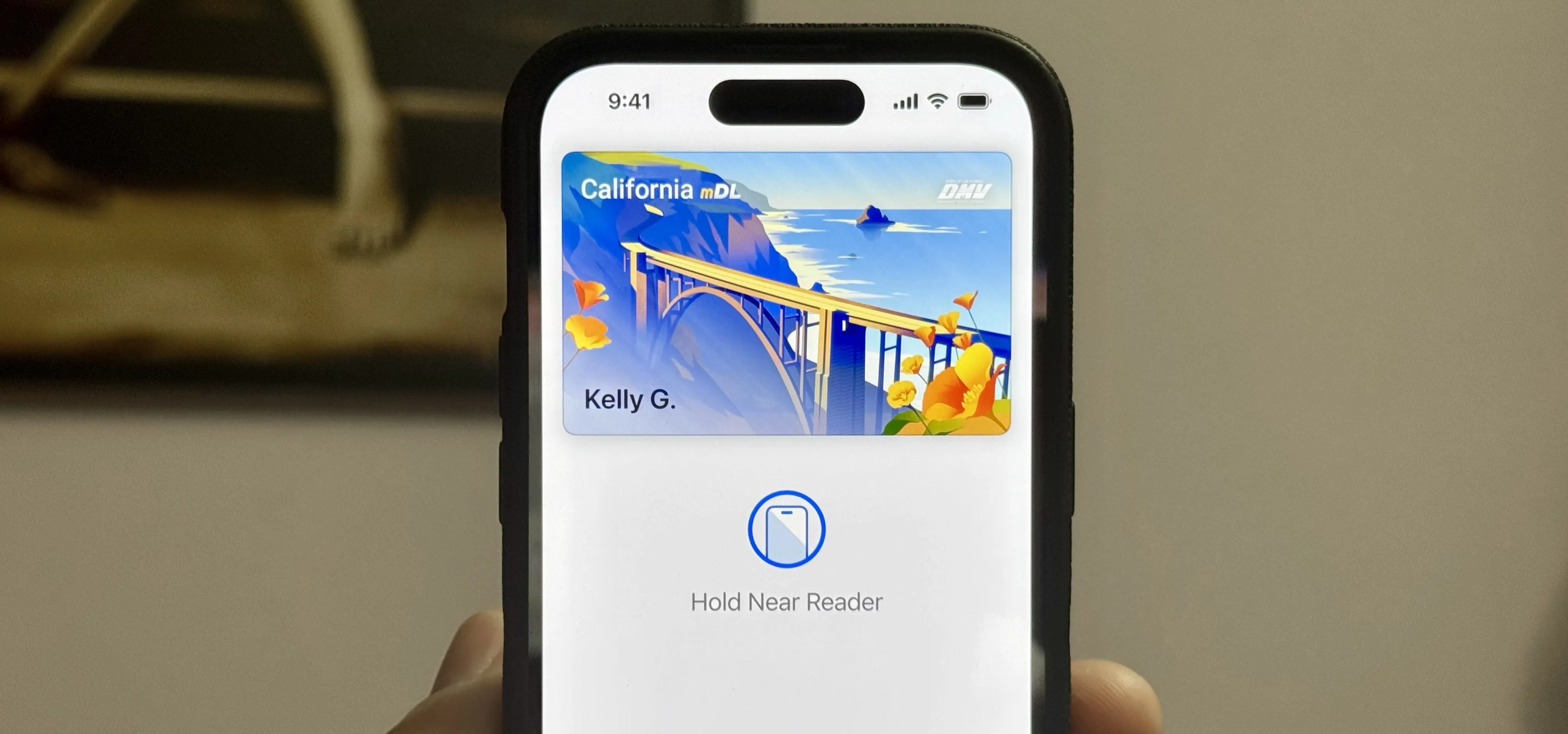
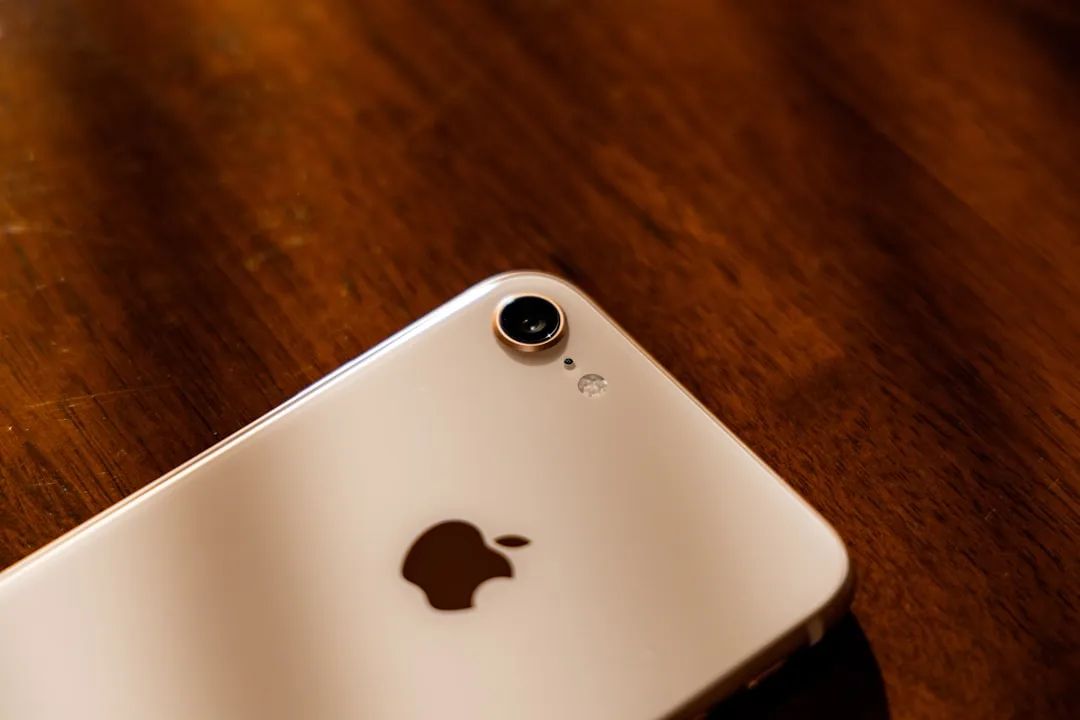
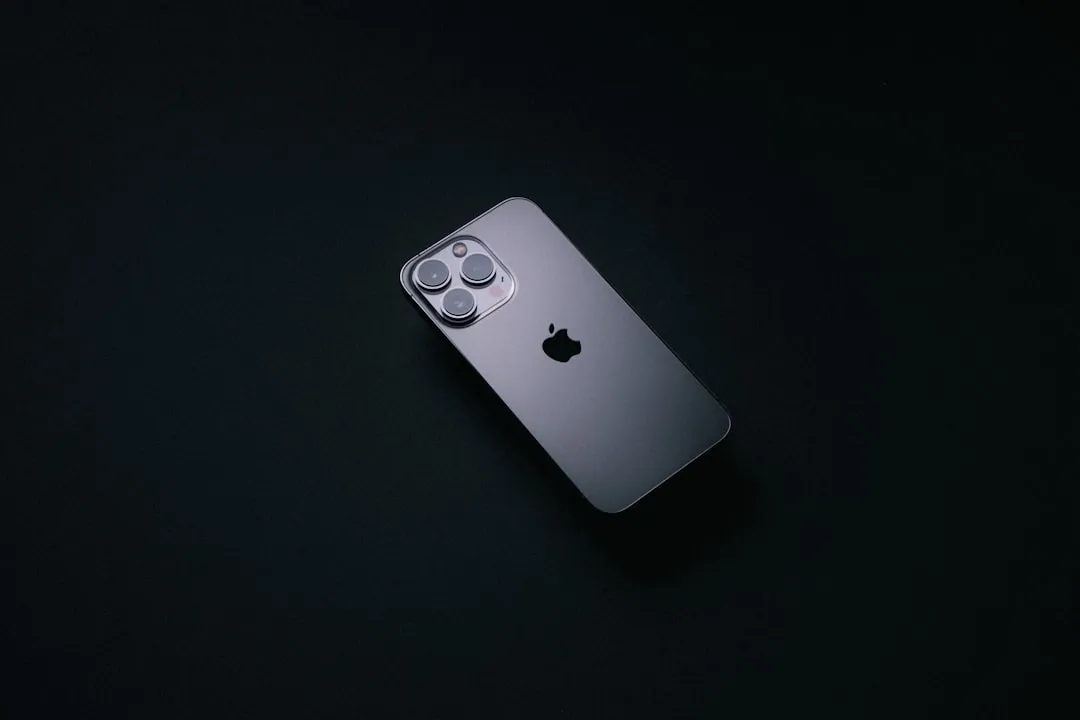
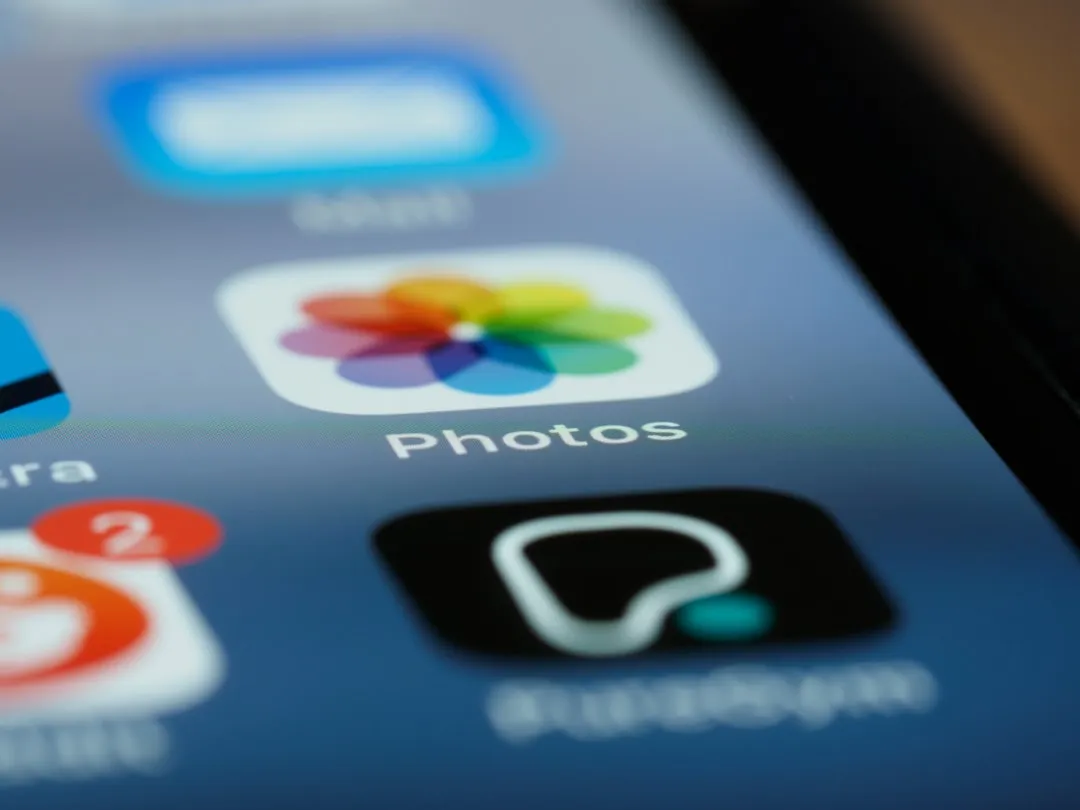
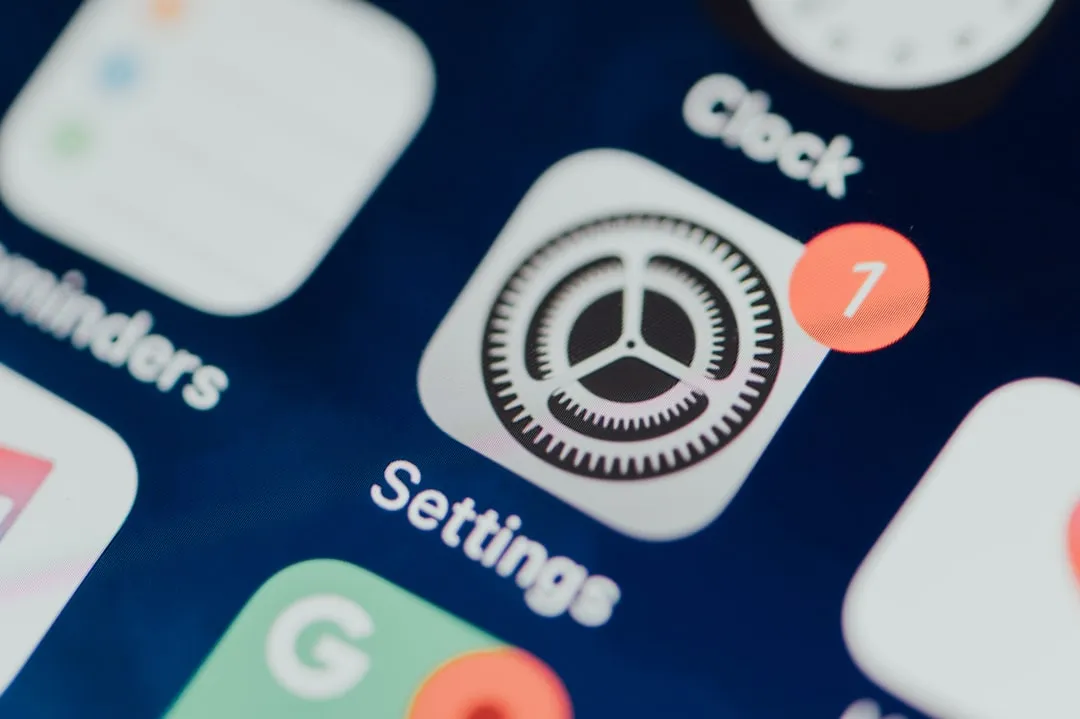
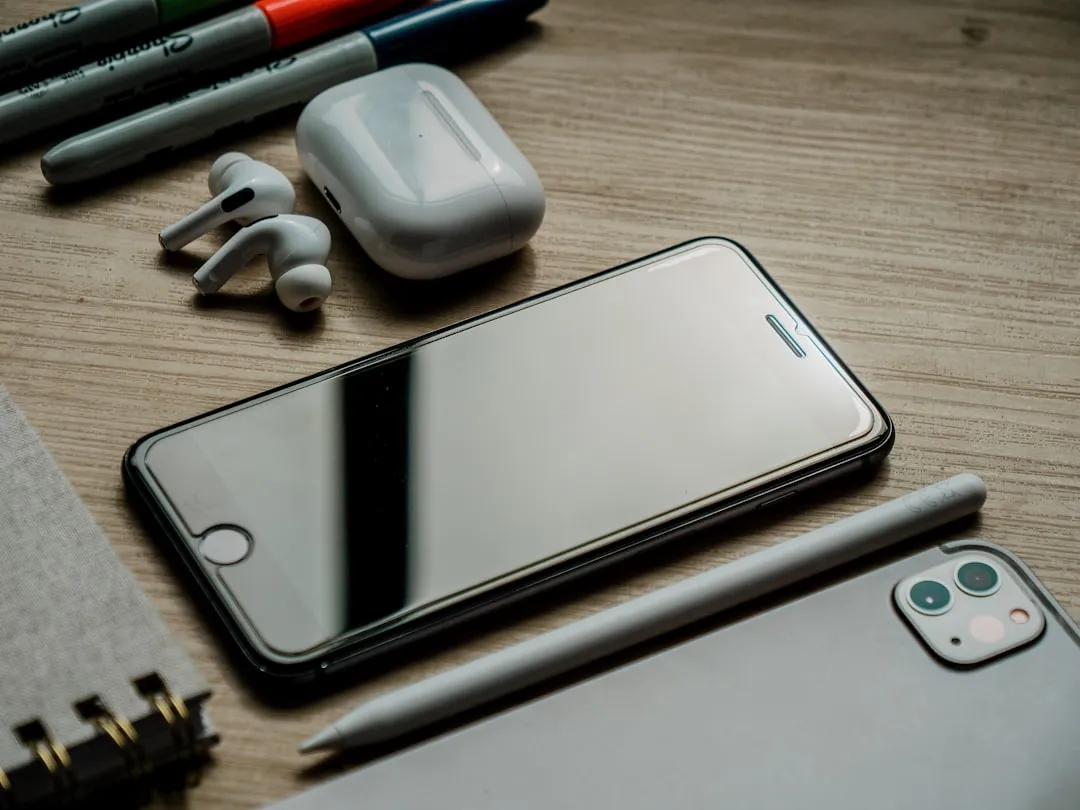

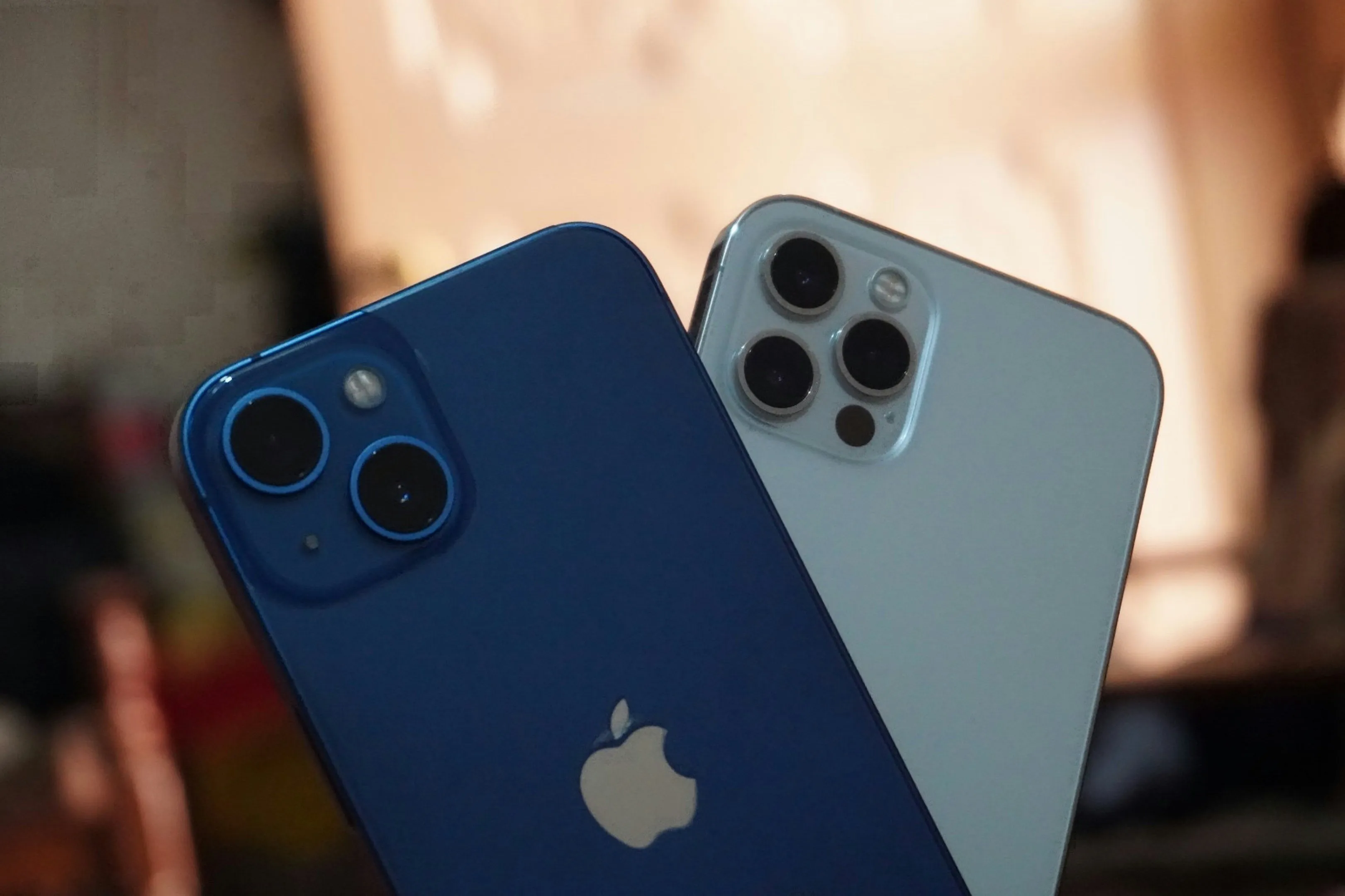

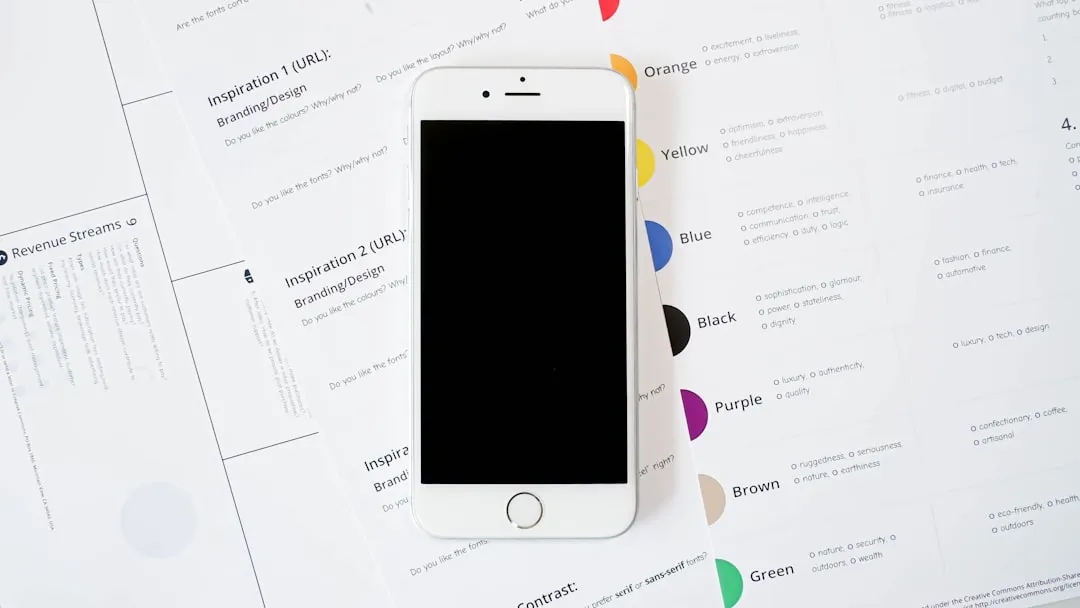
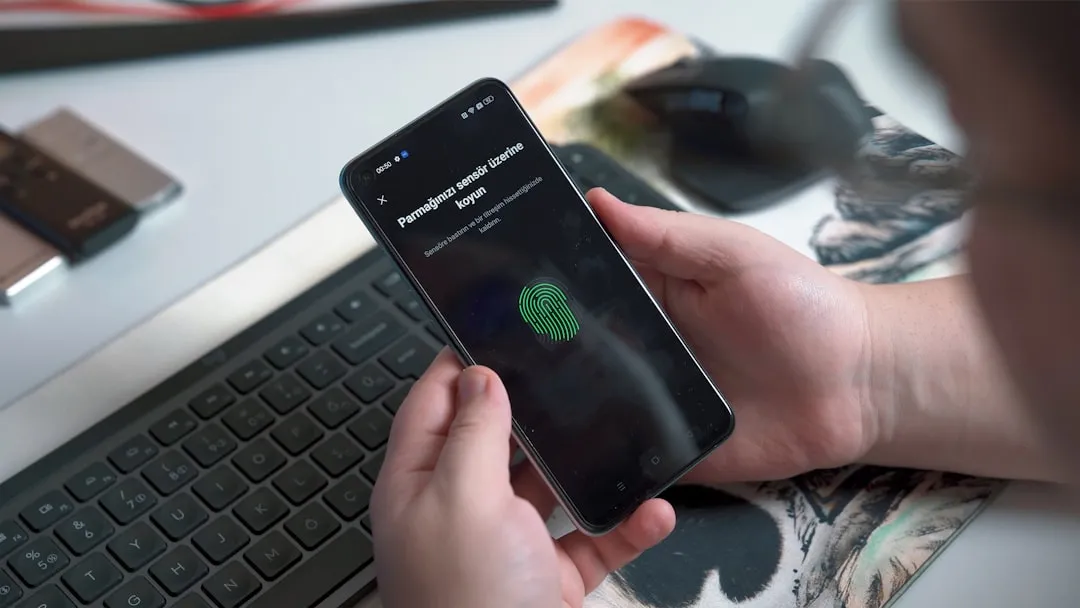
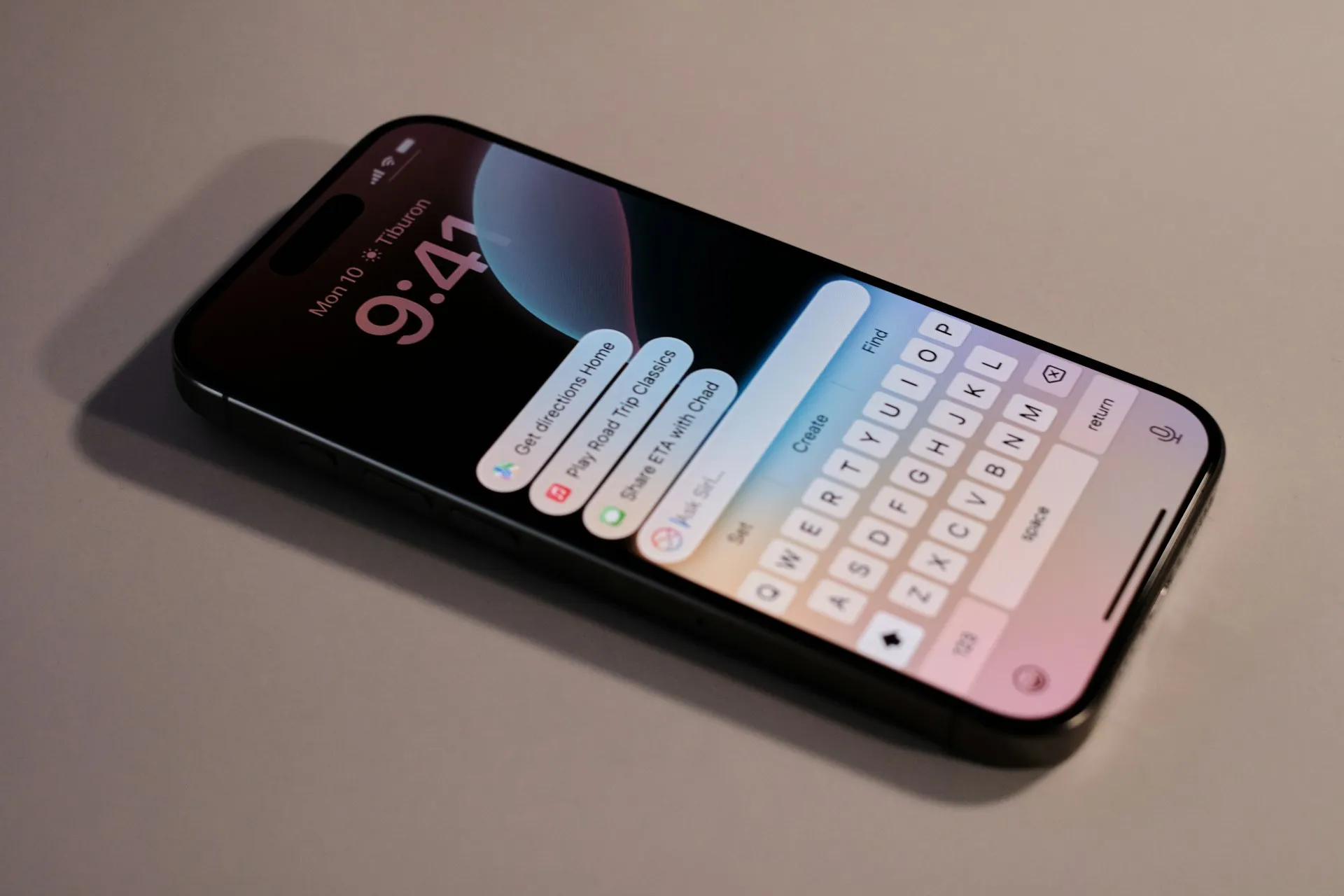

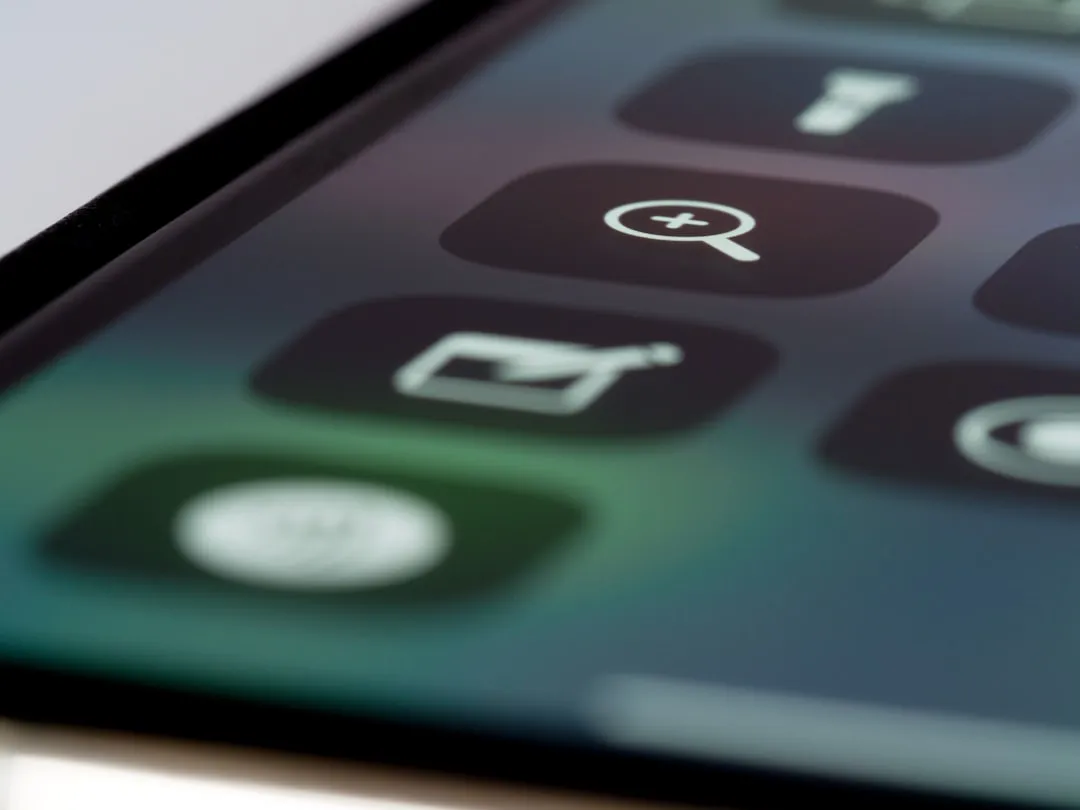
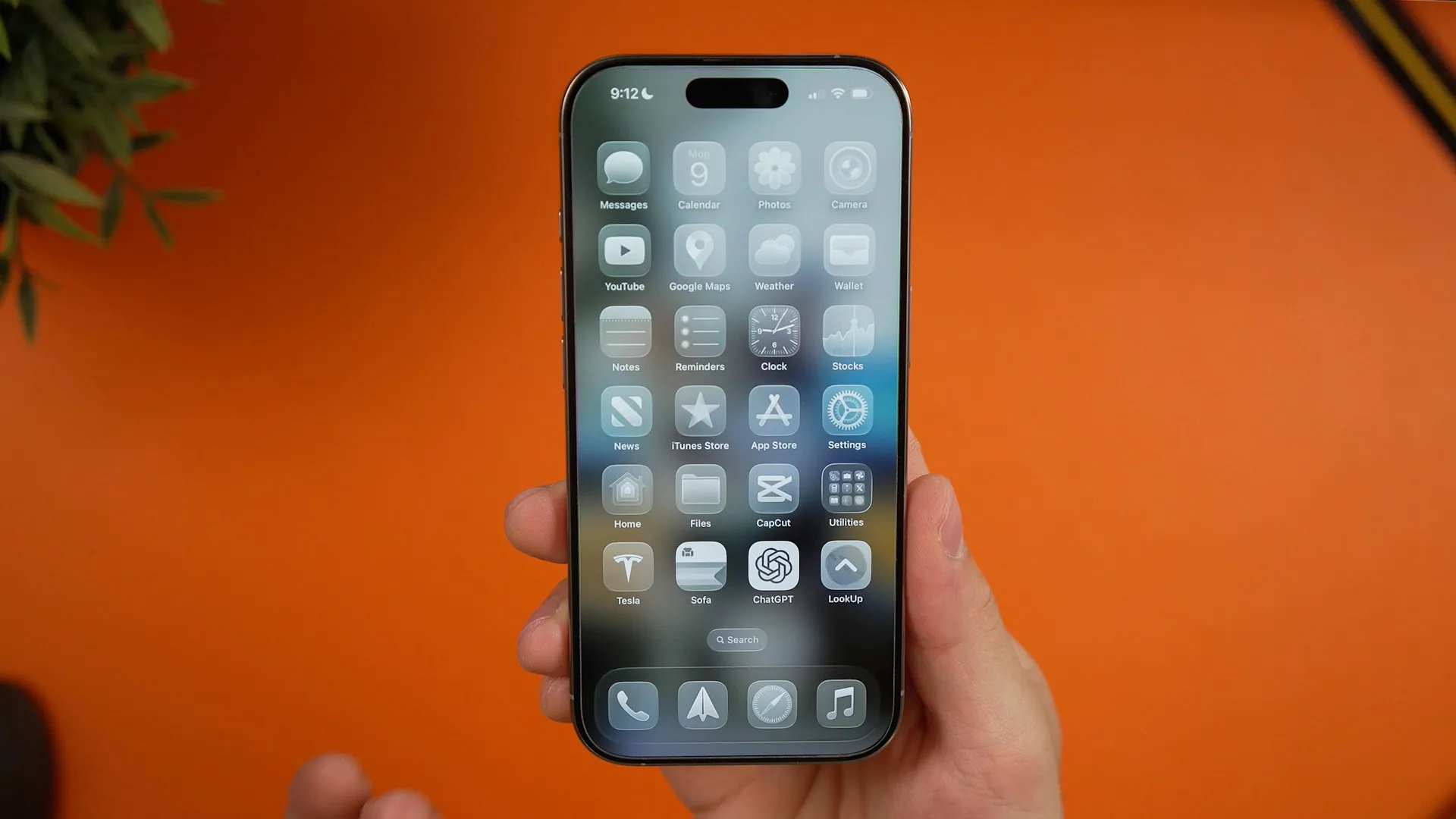
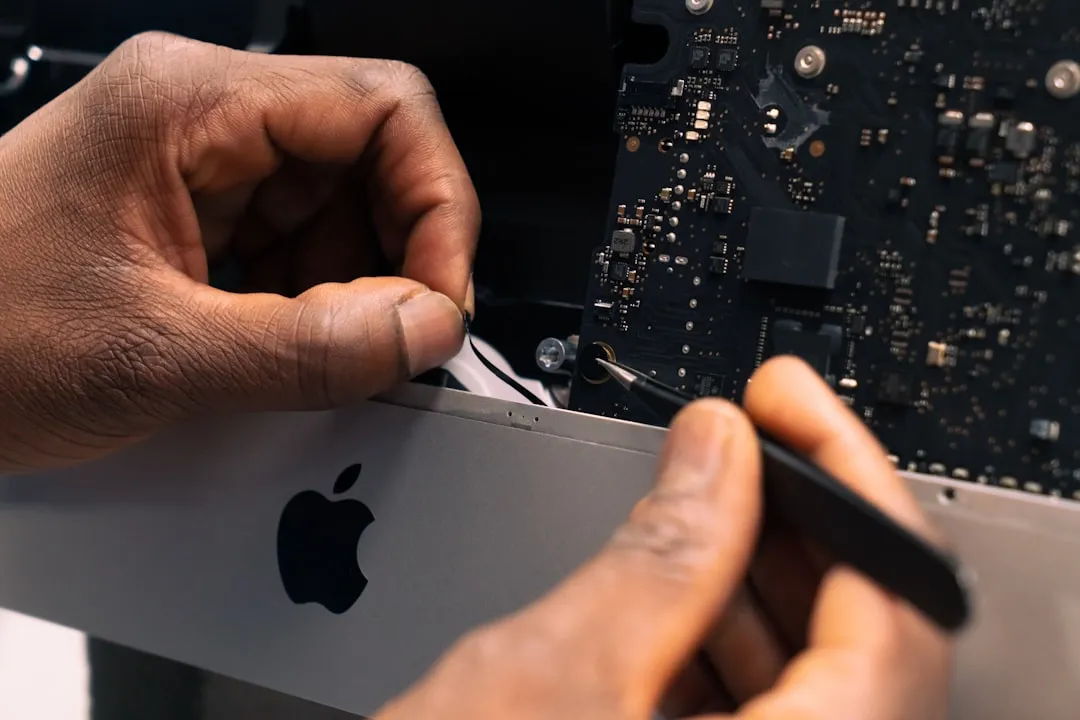
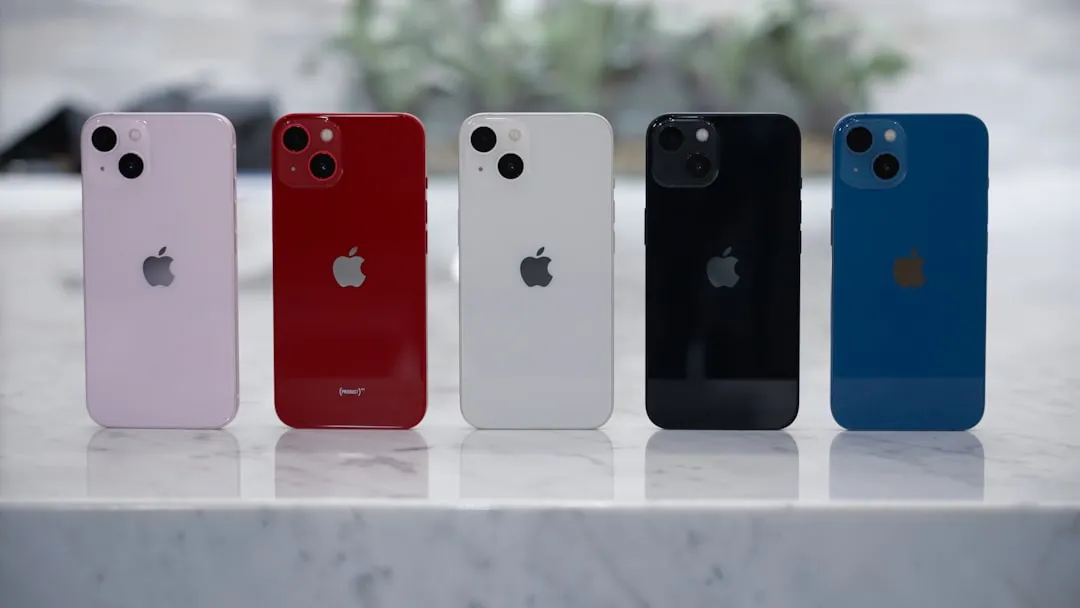
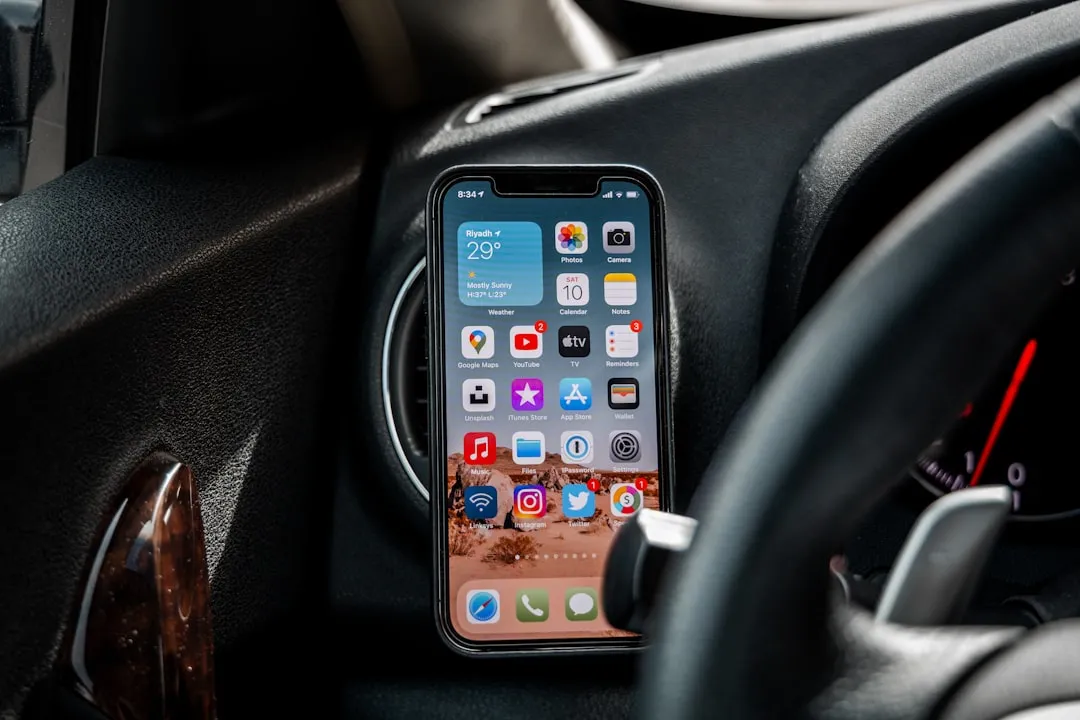


Comments
Be the first, drop a comment!